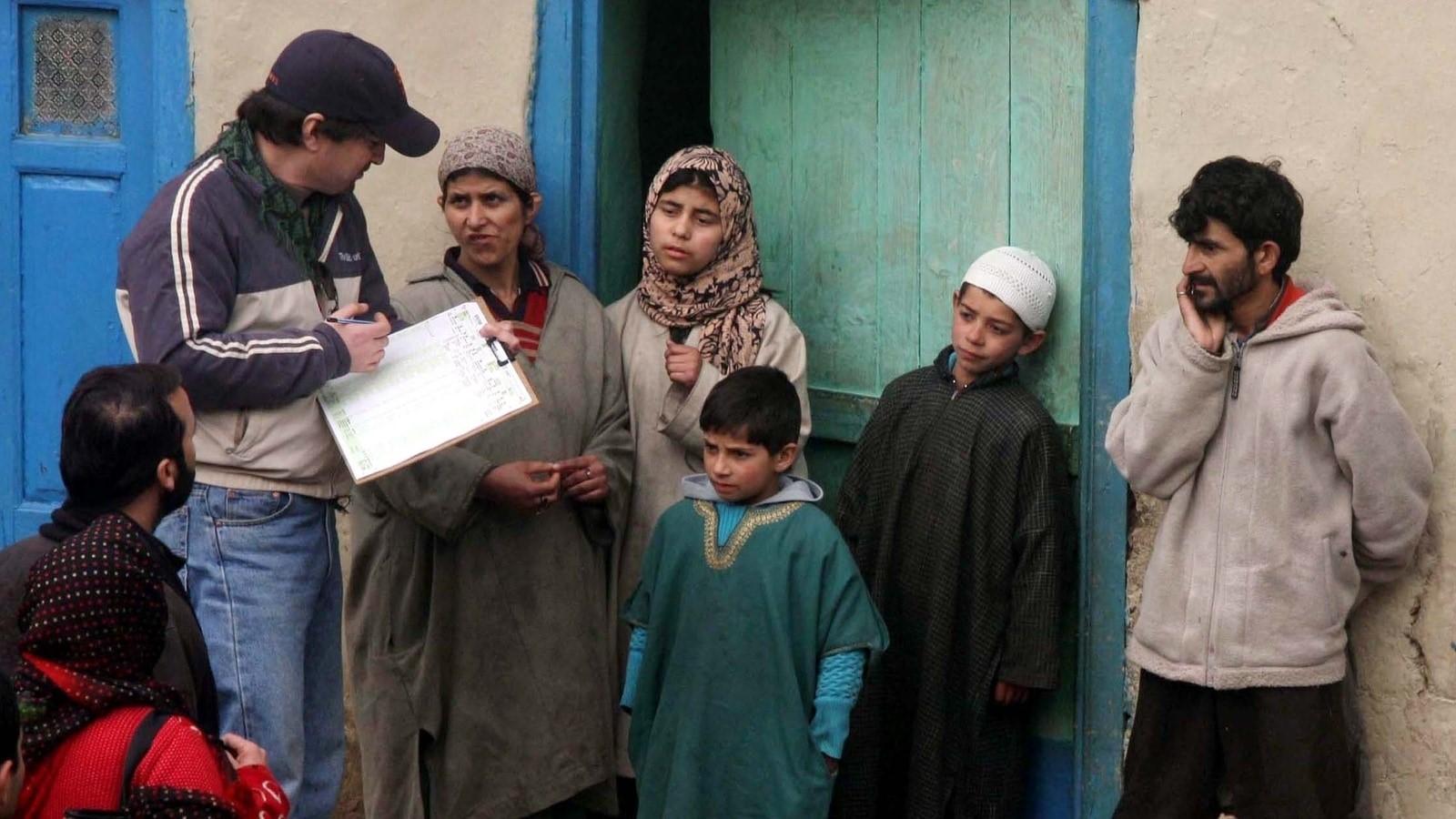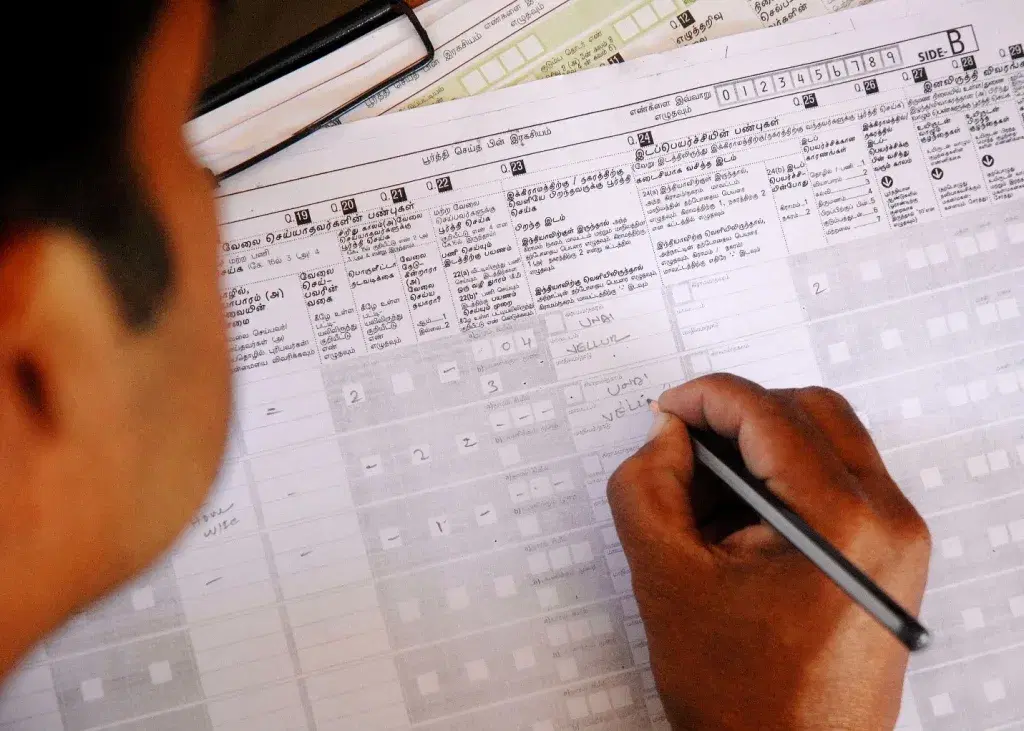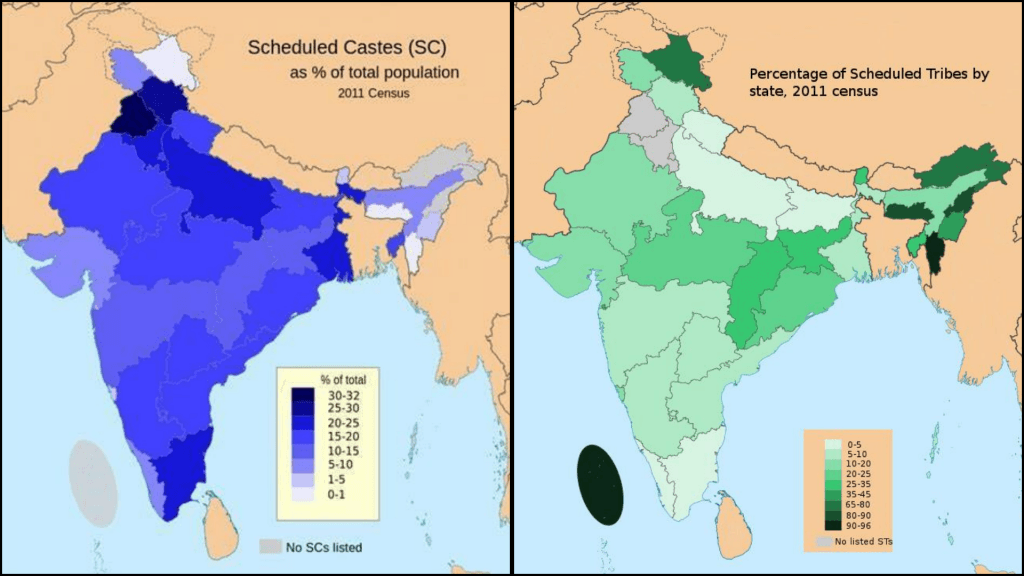Monday 17 November 2025
Caste Census Debate: Why Is It in Spotlight?
Share

Indias caste system is a long-standing social hierarchy. It has its roots in ancient stories and customs and is often linked to occupation and economic position. Individuals who areborn into a particular caste remain within its confines. They spend much of their social lives around it – including marriage and friendships.

A caste census is caste-specific information in Indias decennial (ten years) population count. Every census conducted between 1951 to 2011, has reported the population figures for Scheduled Castes (SCs) and Scheduled Tribes (STs), along with the information on their socio-economic condition, religions, languages and faiths. However, information on Other Backward Classes (OBCs), who according to the Mandal Commission, make up roughly 52% of Indias population, has not been included in the census. Instead, all castes other than SC and ST falls under the general category.

The reason behind the call for a caste census, is the lack of recorded information on various castes within the Other Backward Classes (OBCs) and Indias other classes. Proposals for incorporating caste census are not new and come up almost every ten years.
The last caste census was in 2011. It was done by the UPA-II government, led by Prime Minister Manmohan Singh alongside the socio-economic census.
Caste was eradicated from the census process to avoid promoting division. However, proponents argue that including caste data will allow for better-targeted welfare schemes.
Back in 2011, Bihar CM Nitish Kumar contended that precise data is crucial for reservation policies and effective planning.
In a majority ruling 6:1, the Supreme Court on August 1, permitted the sub-categorization of Scheduled Castes in reservations, expanding protections for marginalized communities. The seven-judge panel, led by Chief Justice DY Chandrachud, declared that the basis for subcategorization should be quantifiable and demonstrable data, rather than political expediency.
Many political parties and state governments have applauded the Supreme Courts verdict on sub-categorizing SCs and STs. They contend that a caste census is essential for accurate classification.
Veerappa Moily, the former chief minister of Karnataka, emphasized that through a caste census, the population and representation of various SC sub-sections can be ascertained.
Newsletter
Stay up to date with all the latest News that affects you in politics, finance and more.